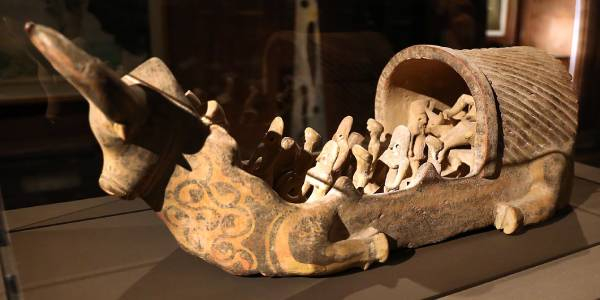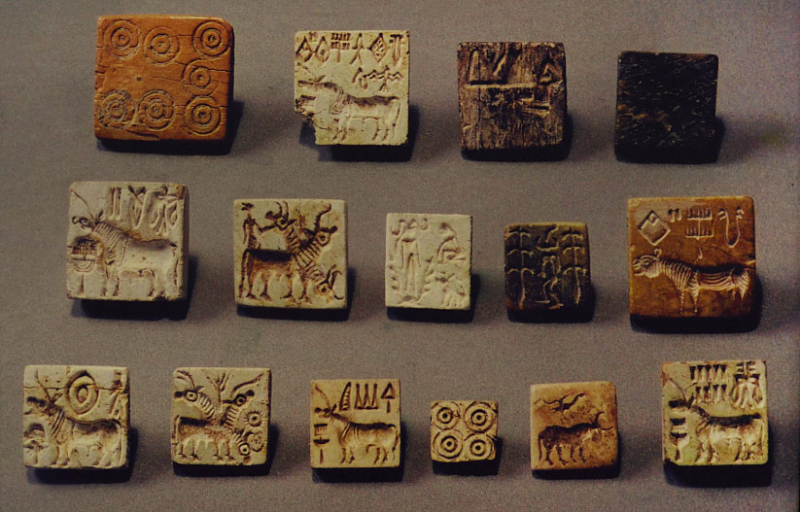Indus Valley People Pioneered Several Techniques in Metallurgy and Handicrafts
The most important techniques acquired by the Indus Valley Civilization are metallurgy and handicrafts. Metals such as gold, silver, and copper were employed by the designers to create metal jewelry. Tin, lead, antimony, and arsenic were also minor metals employed in the alloying process.
The bronze figurine of a female is arguably the most well-known creation of this culture. The statue is known as the Dancing Girl of Mohenjo-daro, and it is in a standing stance with her left arm hidden by bangles. The sculpture is covered with various decorations and her left arm is nearly totally concealed by bangles, making it "the most appealing piece of art from an Indus site." In many parts of India, the habit of wearing numerous bangles on one's arm is still practiced.
Aside from that, the valley is known for a variety of handicrafts such as seal carving, ceramics, and stamp production. The Pashupati seal, which depicts a sitting man surrounded by animals, is the most famous of the country's seals. Some academics believe it is a representation of the Hindu god Shiva in his incarnation as Pashupati, or "Lord of the Animals," but this is still up for debate.












